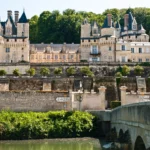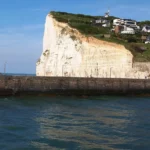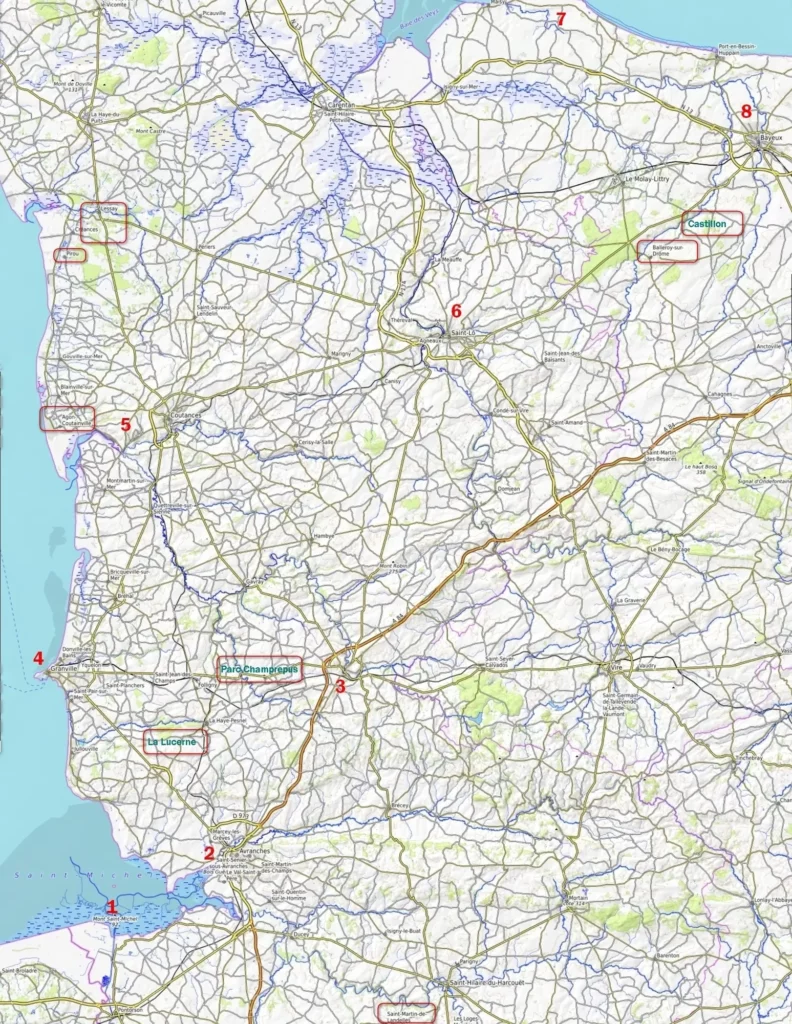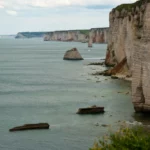Last Updated on 03/07/2024
If you are traveling through the Loire Valley by public transport, the Tours city will be the best choice for accommodation. It is a very pretty city in itself. There are enough hotels in it. Tours is also located in the very center of a large group of castles.
Loire cycle route. Tours – Villandry
Loire castles. Chenonceau
Loire castles. Chambord
Loire Valley Castles. Blois castle
Amboise Castle, Clos Lucé and what else to see
Loches and Chedigny village
Loire Castles. Blois region attractions map
Around Chenonceau: attractions map from Amboise to Loches
Around Chinon: Loire Valley map from Tours to Angers
By car, bike and public transport in the Loire Valley
Best castles to see in Loire Valley
Brittany. 1. Ille et Villaine. Saint Malo
Getting to any of this castles from Tours will not be difficult:
- upstream of the Loire – castles Chambord, Blois, Chaumont, Cheverny, Amboise;
- downstream – Langeais, d’Usse, Saumur, Brissac, Montsoreau, Fontevraud;
- on the river Cher, also passing through Tours, – Chenonceau, Loches, Villandry и Azay-le-Rideau;
- on the river Indres – Chinon
They are not all that far from the Tours and from each other. But combining several places in one day is not so easy if you are without a car, due to the unconvenient transport system in the region.
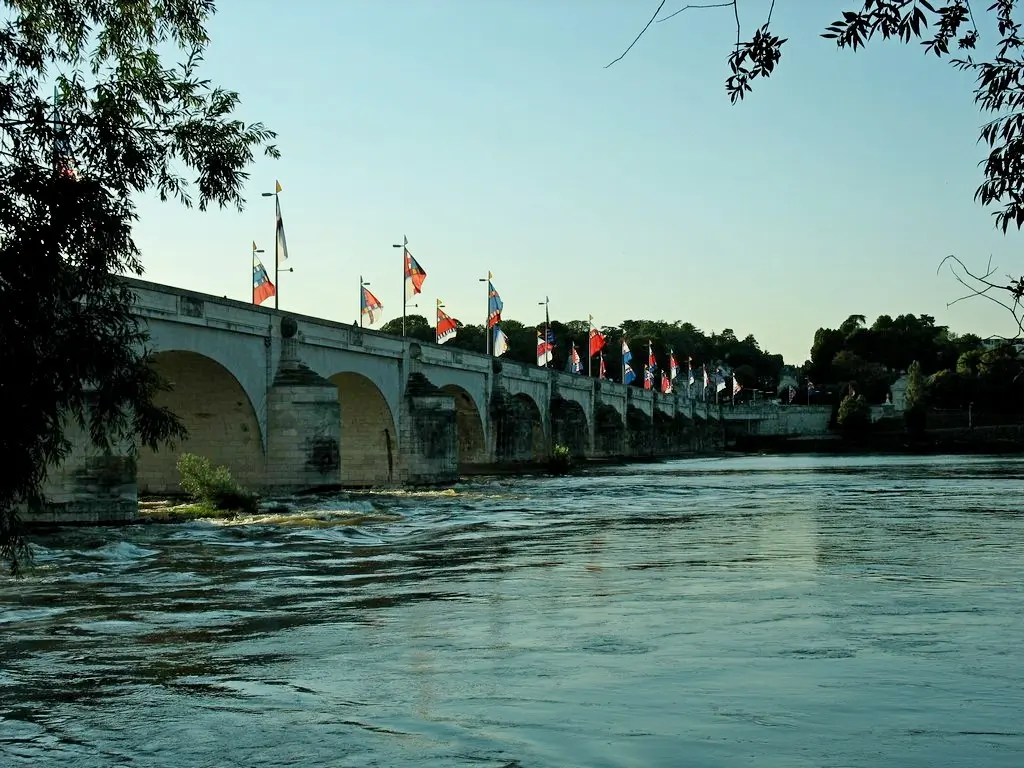
A little history
Tours is an ancient Gallo-Roman city. In Roman times, the city was known as Turonensis or Caesarodunum. The name Caesarodonum (“Caesar’s Hill”) was first mentioned in the 1st century AD – this settlement was the main city of the Gallo-Roman Turones tribe.
In the 3rd century the Christianization of Tours began. And in the 4th century St. Martin – one of the most revered saints in Europe, the national saint of France – became a bishop.
In 732, an important battle took place at Tours – the army of the Moors was defeated, and the Muslim conquest of Europe was stopped.
In 853 and 903 the city survived Viking raids. From 1044 he came under the rule of the counts of Anjou. During the reign of Philip II (1180-1223) the Tours livre became the international currency of France.
During the period when the French kings moved to the Loire, Tours was actively developing. Silk began to be produced here, which was sold 2 times a year at large fairs. The ministers Charles 7, Louis 11, Charles 8, Louis 12 and Francis 1 lived in Tours.
Several centuries of decline followed. During the Franco-Prussian War in 1870-1871 Tours was the capital while Paris was under the rule of the Prussian army. The Second World War caused significant damage to the city, and the historical center was also badly damaged.
Tours city map

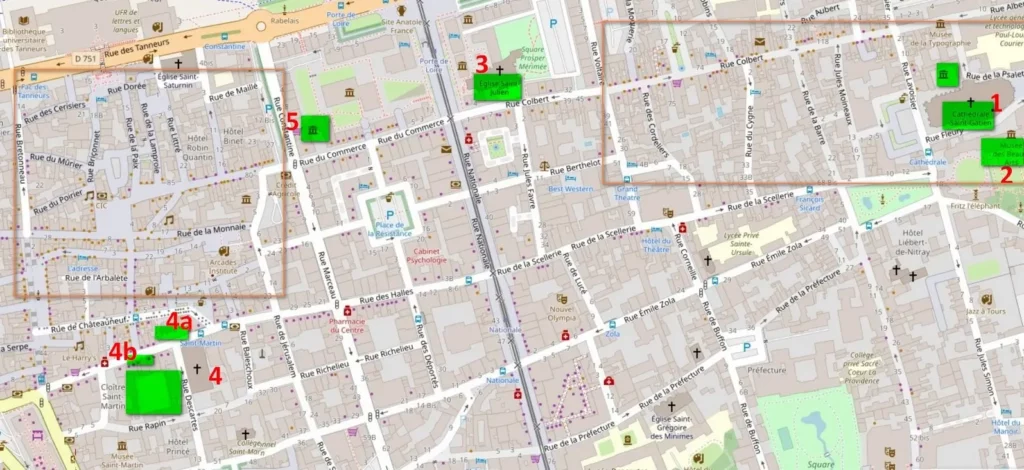
Attractions of Tours city
The Rue Nationale divides what remains of the historic city into two halves. The streets of the Tours old town are located near the river and are pedestrianized (highlighted in gray on the map). In the evenings it is full of tourists, especially in the part that is located on the left of the Rue Nationale, when facing the Loire.
Around the Tours Cathedral of St. Gatien
The first Gallo-Roman city center was formed on the right side. The fortification was located where the Cathedral of St. Gatien and the Museum of Art.
Little has survived from this period:
- not far from the cathedral, you can see a part of the fortress wall (rue du Petit Cupidon),
- the city gates overlooking the Loire,
- a tower in the courtyard of the Musee des Beaux Arts.
Tours Cathedral of St. Gatien (1) is dedicated to the first canonized bishop of Tours. The first cathedral was built on this site in 340. Gregory of Tours rebuilt it in 570. The modern building of the cathedral began to be built in the 12th century, and the towers were completed already in the 16th century. Thus, in the appearance of the cathedral, both the Gothic and the Renaissance were combined.
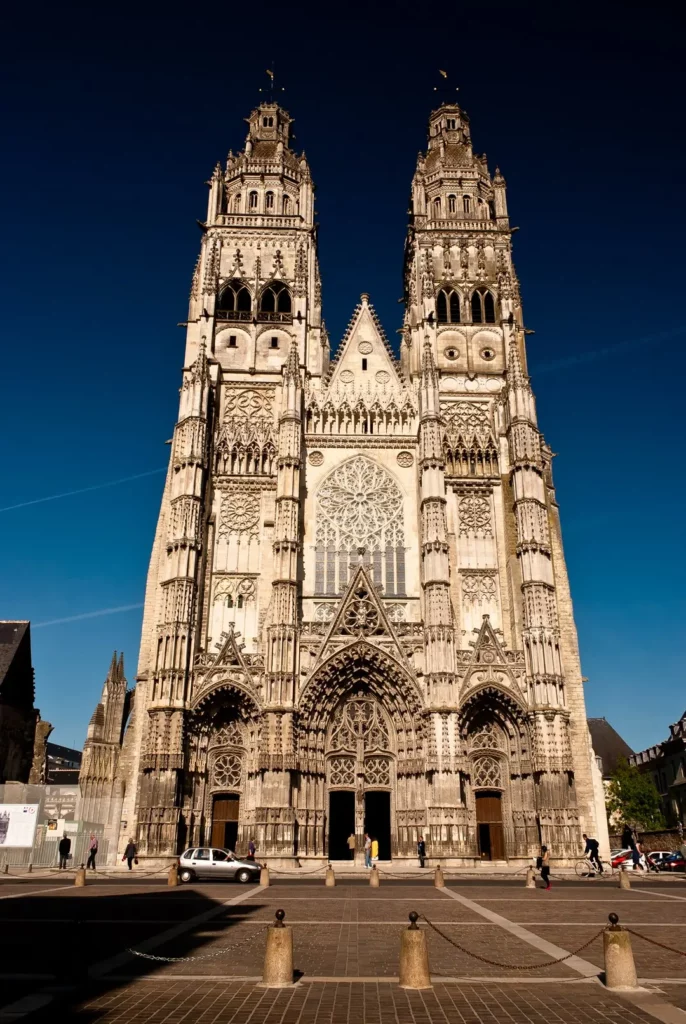
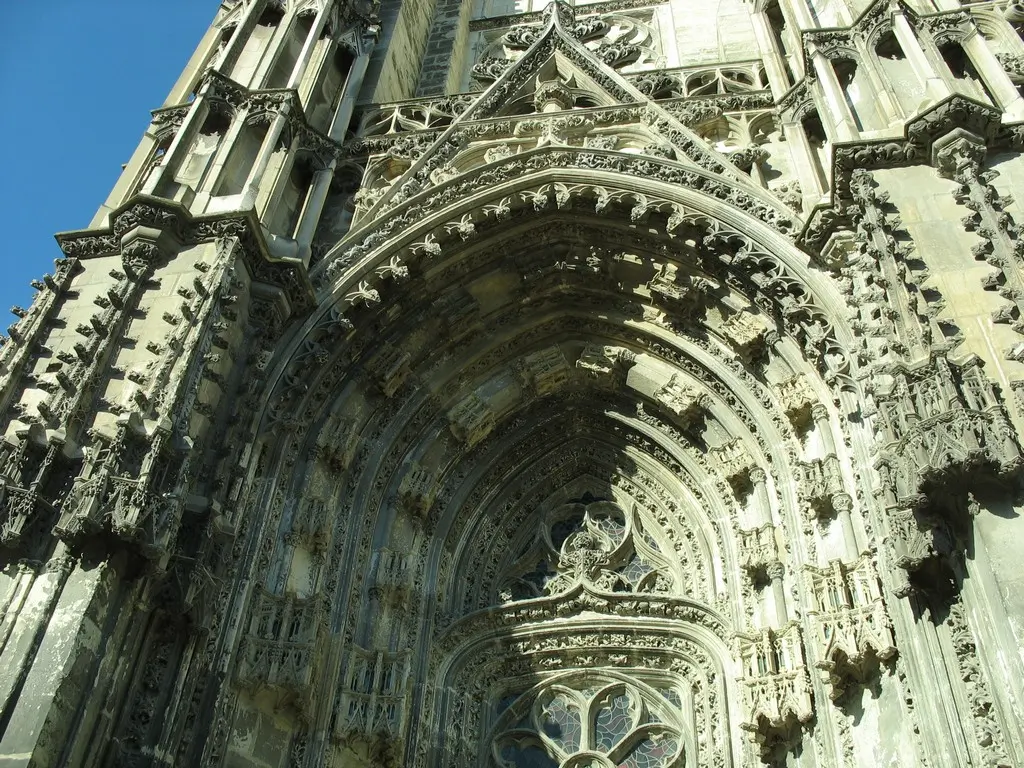
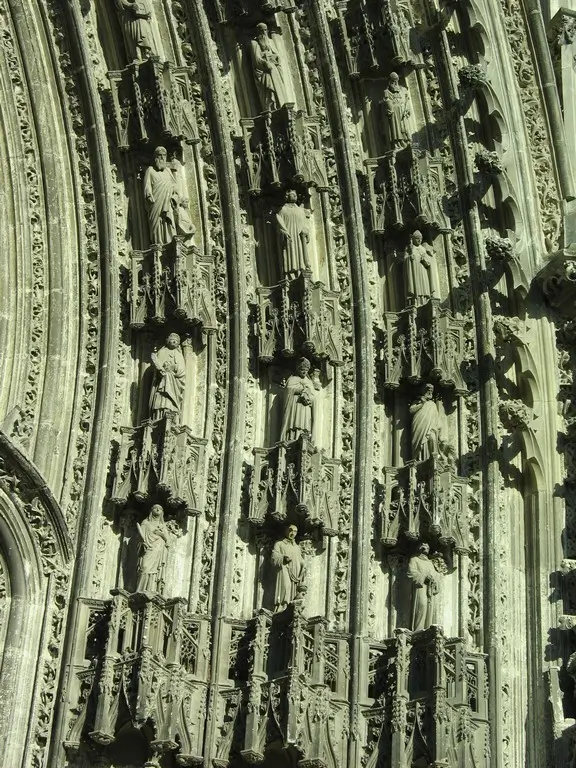
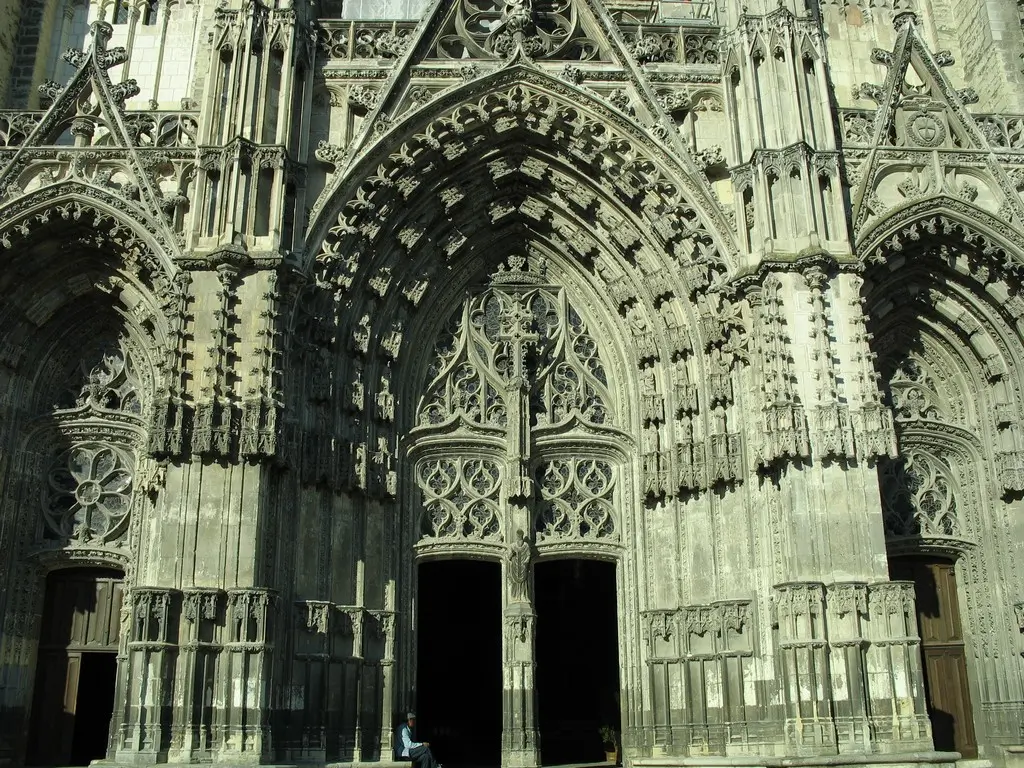
The interiors of the cathedral suffered at the religious wars in 1562. During the French Revolution, the cathedral was turned into the Temple of Reason, but it escaped destruction, unlike the Basilica of St. Martin. Preserved stained glass windows of the 13th century, a fresco of the 14th century “Saint Martin and the Beggar”, as well as the organ of the 16th century.

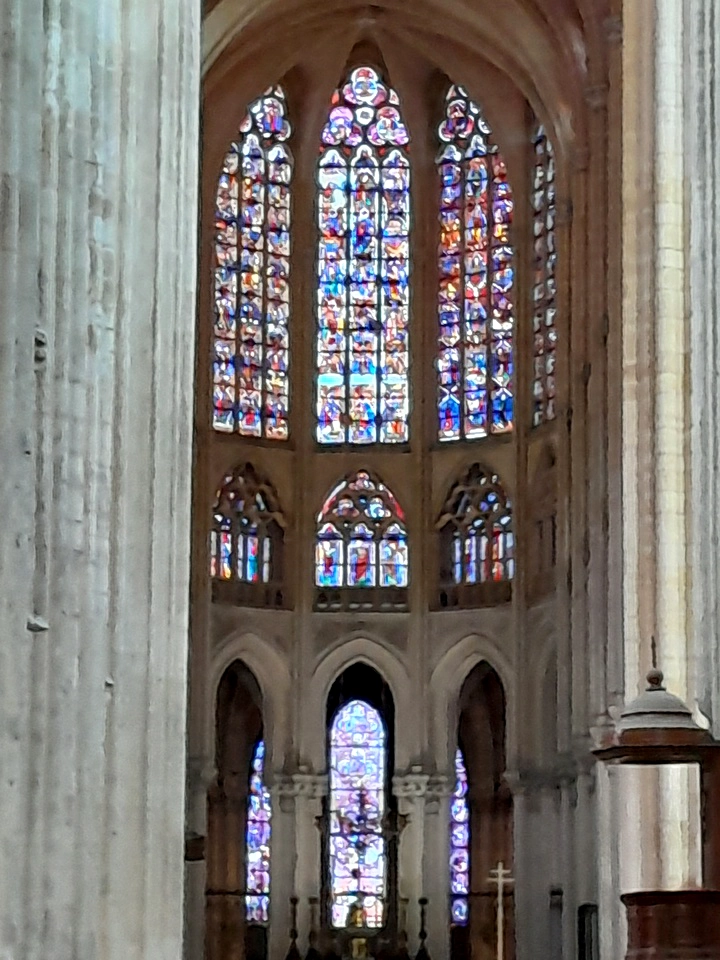
A door in the north wing leads to the Cloitre la Psalette (15th-16th centuries). There is a small tower with a spiral staircase, similar to the tower at Blois Castle, exhibition of figures and decorations of the cathedral, stained glass.
Next to the cathedral is the Musee des Beaux-Arts (2). In the collection of the Museum – Mantegna, Boucher, Monet, Delacroix, Degas, Rubens, Rembrandt, Rodin. There is a very old Lebanese cedar in the yard.
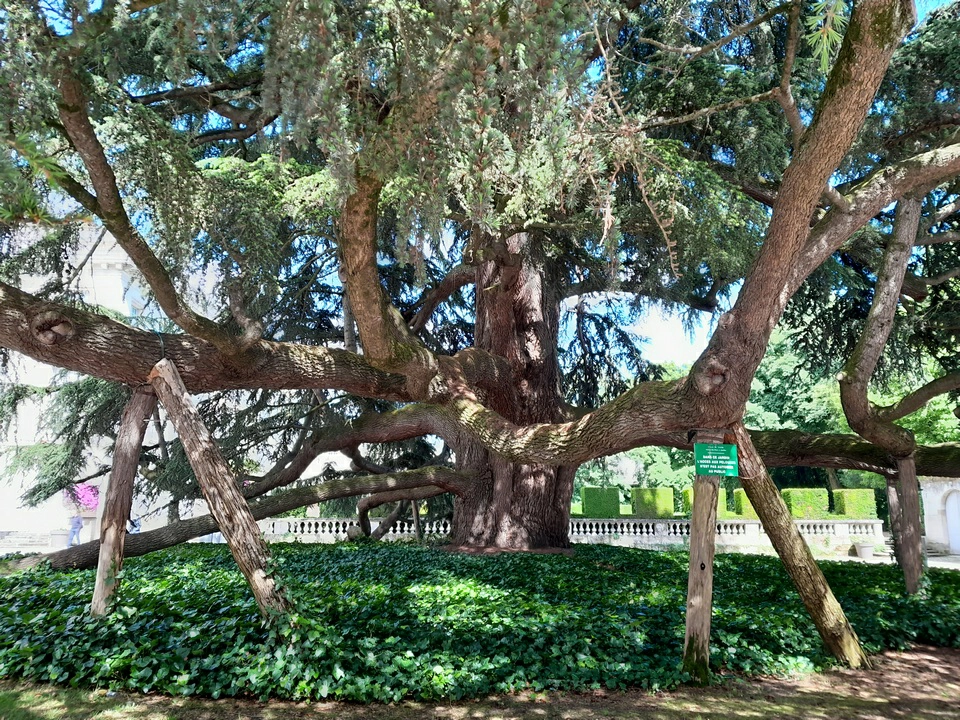
At the beginning of the old rue Colbert is the church of St. Julien (3, 13th century, built on the site of a 6th century church). The church was part of a large abbey, of which little remains, in particular the 12th-century Assembly Hall.

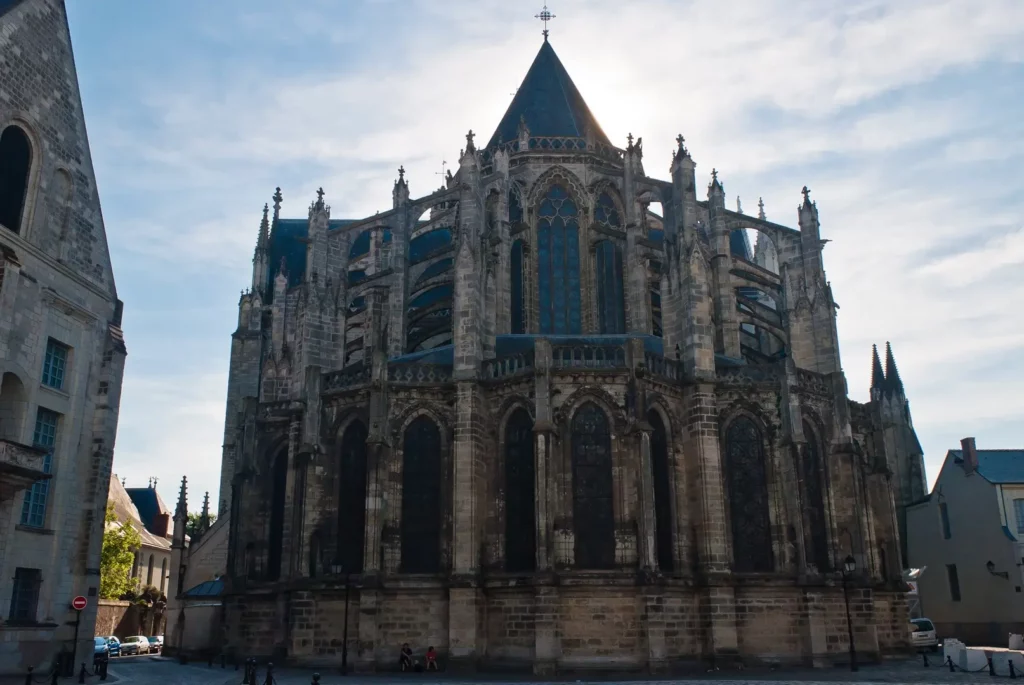
Follow me
Around the Basilica of St. Martin
The second center, Chateauneuf, was formed to the left of Rue Nationale – around the burial place of St. Martin, Bishop of Tours (died 397).
In the Middle Ages, a large basilica and a monastery were built on this site, from which, after the religious wars of the 16th century two towers of the 11-13th centuries have been preserved (Charlemagne’s Tower, 4a, and the Clock Tower – Tour de l’Horloge, 4b), as well as the courtyard of Cloitre St. Martin with a Renaissance gallery.
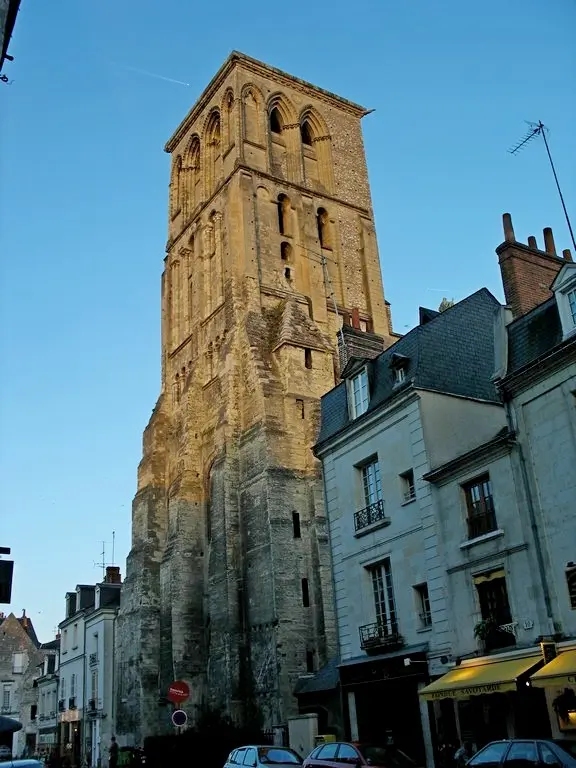
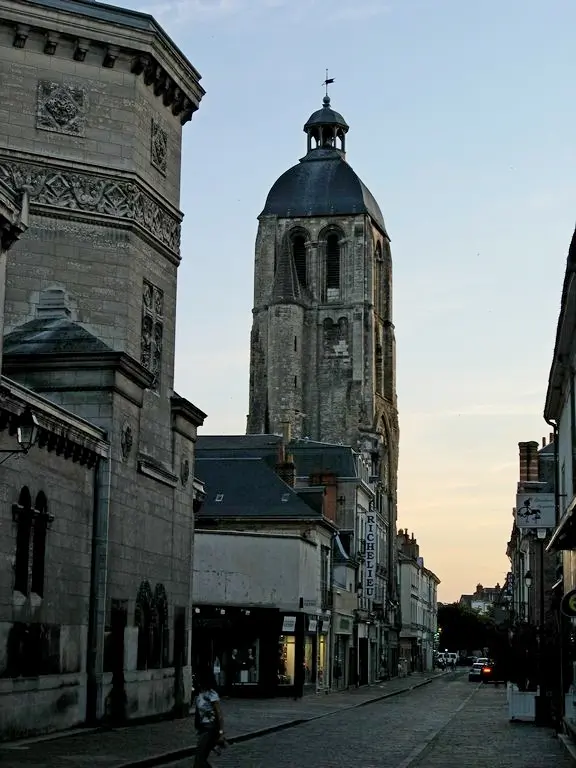
At the end of the 19th century, the new basilica of St. Martin (4) in the neo-Byzantine style was erected. The relics of St. Martin, newly found in 1860, are in this basilica in the crypt.
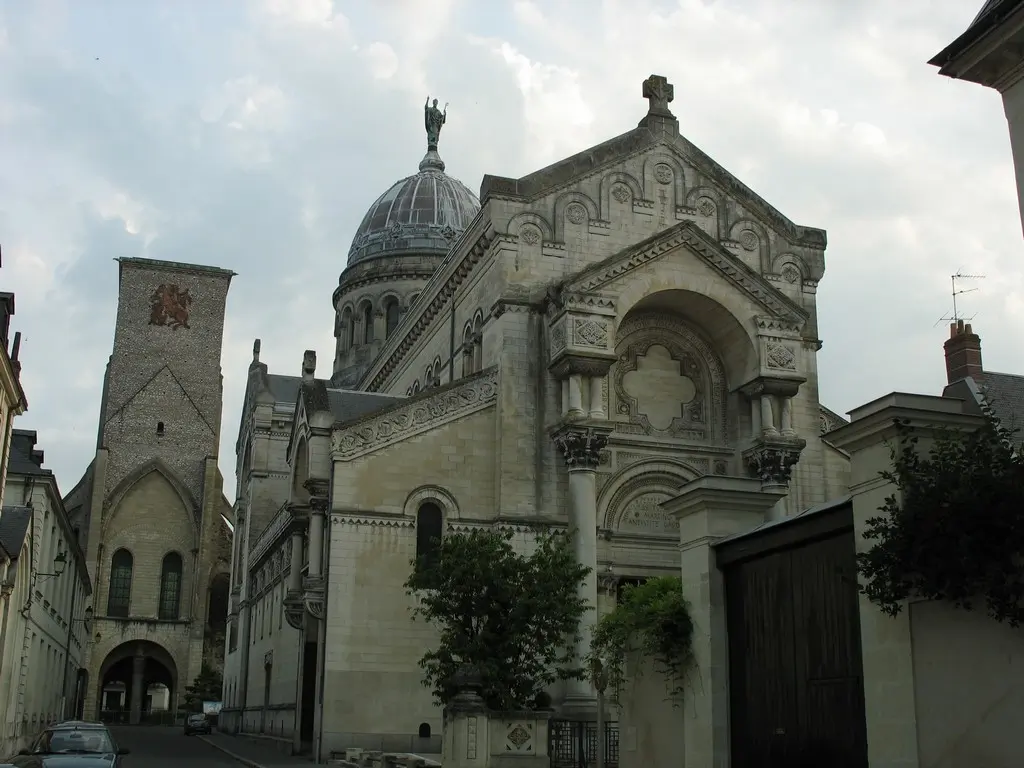
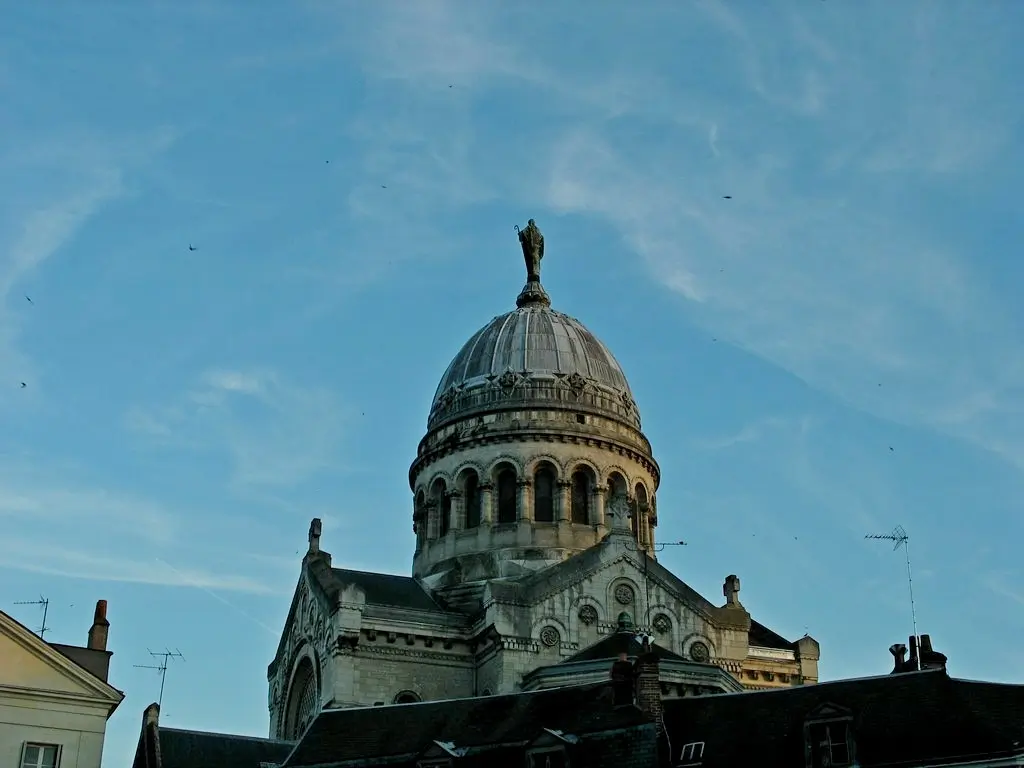
In the Quartier Plumereau, between the Basilica of St. Martin and the Loire with Place Plumereau in the center, medieval houses have been preserved. In the Place Plumereau itself, in the surrounding streets, in the street and in the square of Chateauneuf (for example, the house of the dukes – Hotel des ducs de Touraine)

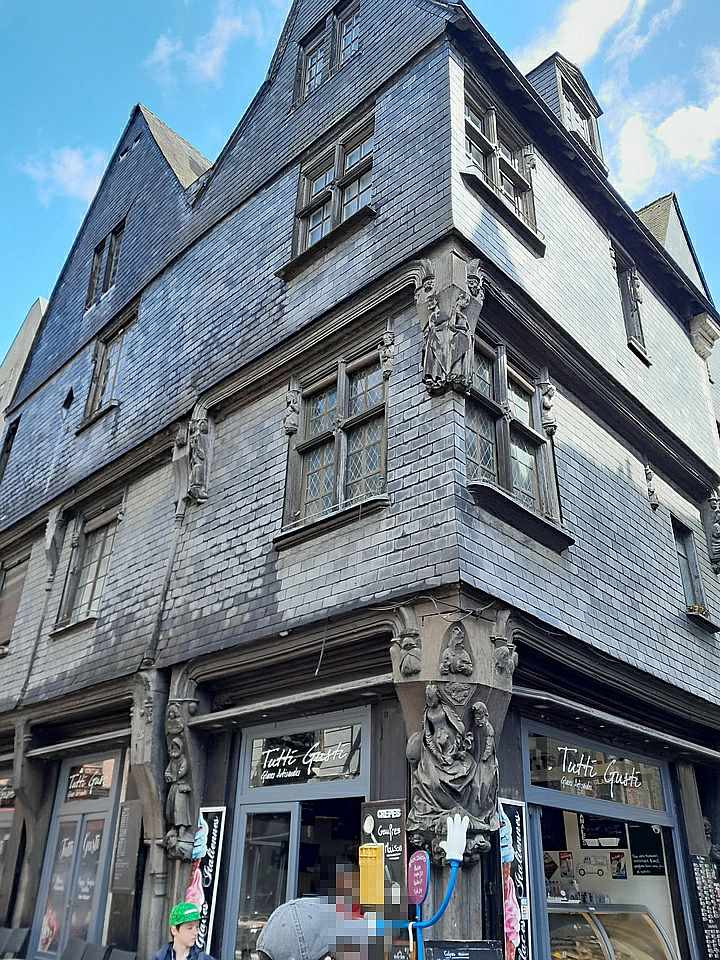
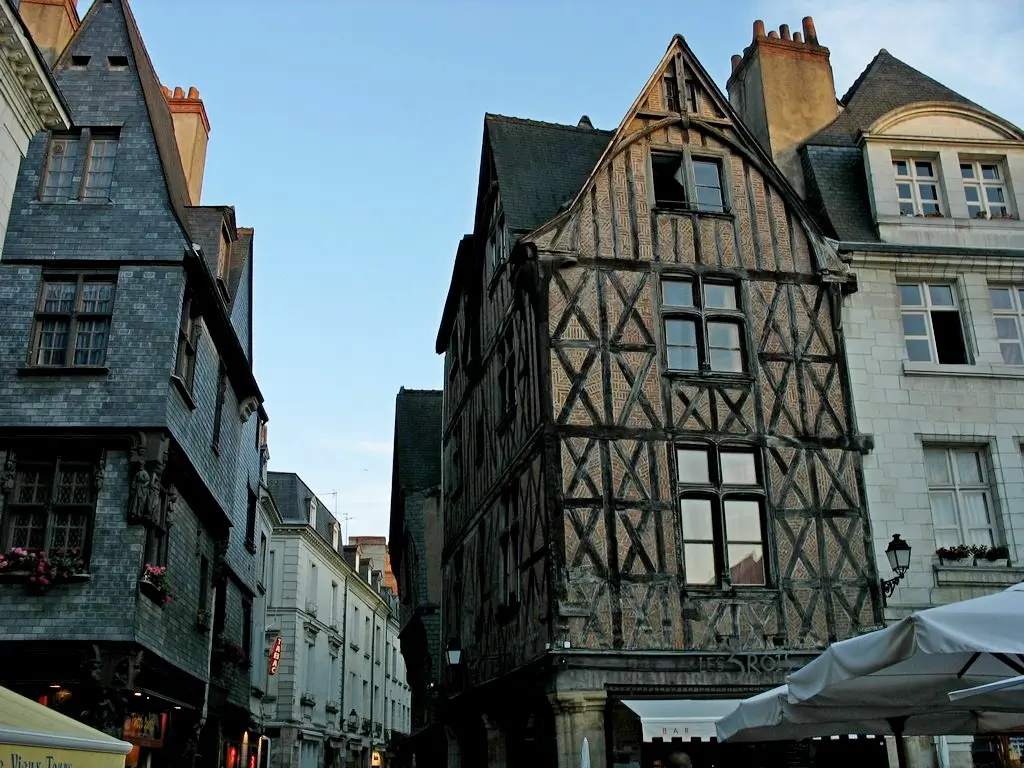
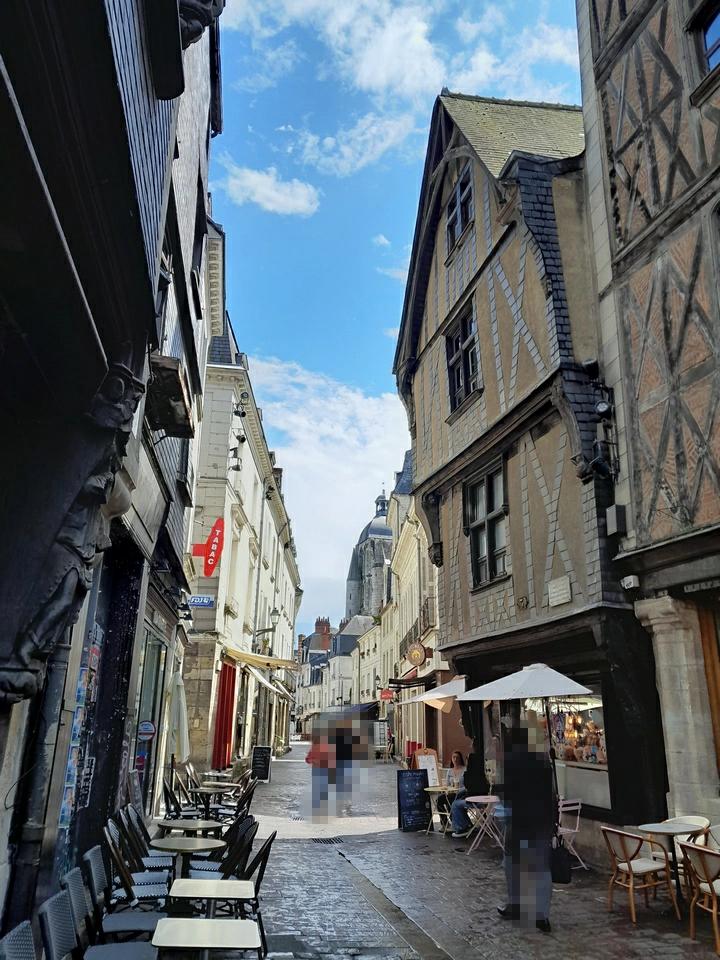

Place Plumereau is the busiest tourist spot in the city.

. On rue du Commerce – Hotel Gouin (5). It was built for a wealthy silk merchant and later belonged to a family of bankers; now it houses temporary exhibitions.
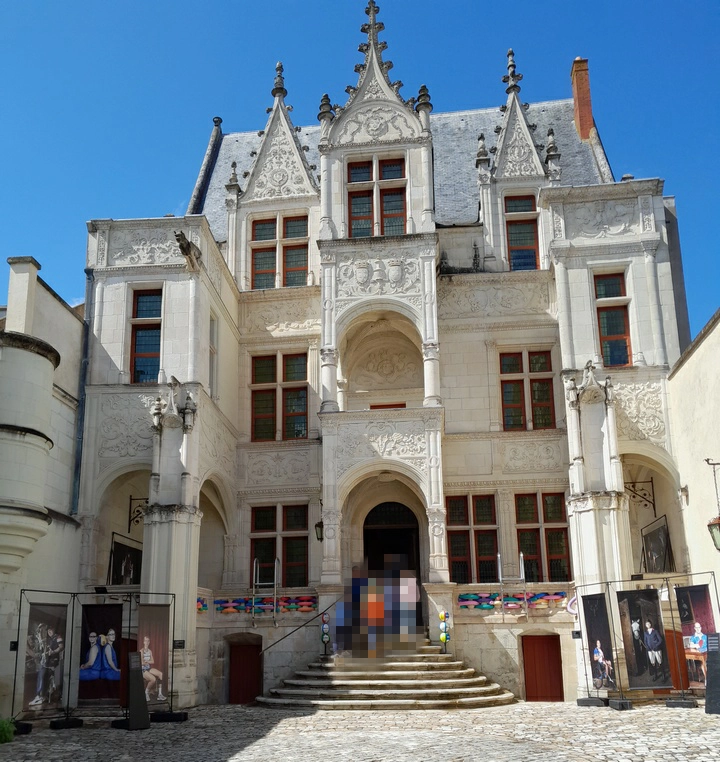
Let’s go to the river.
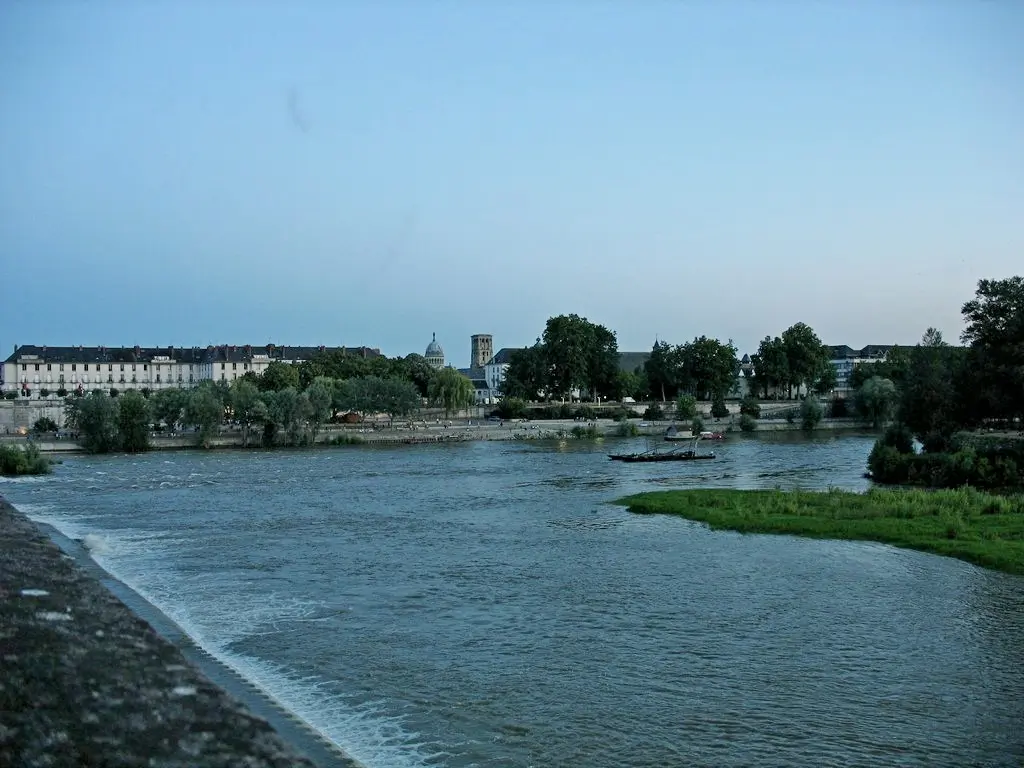
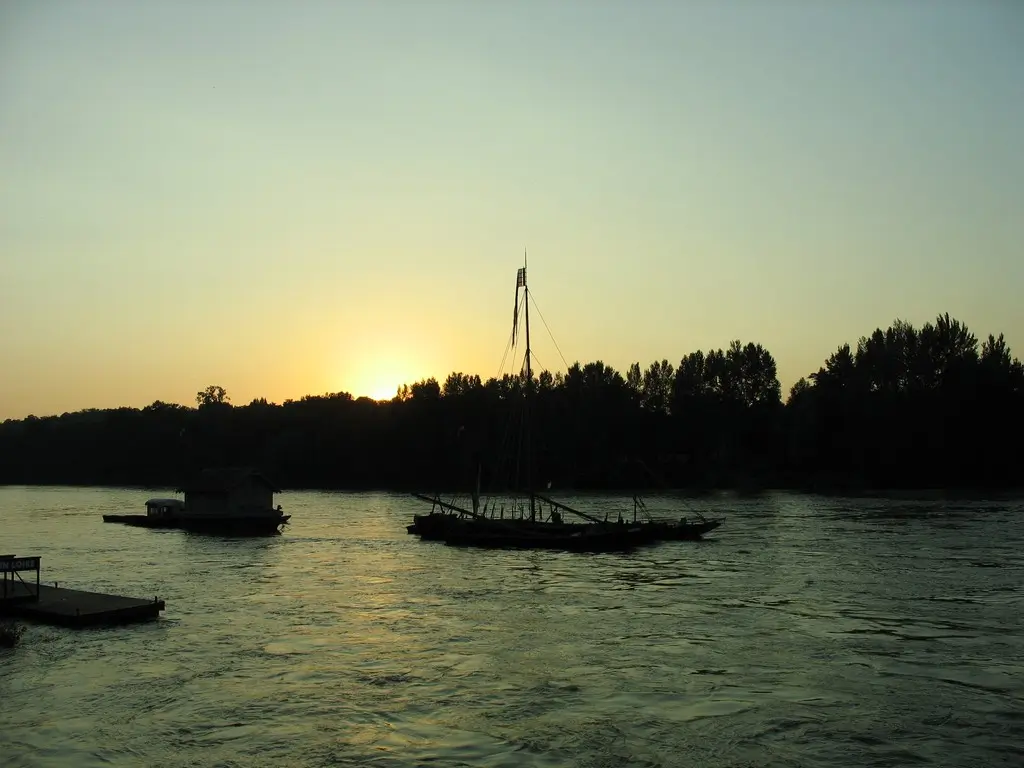
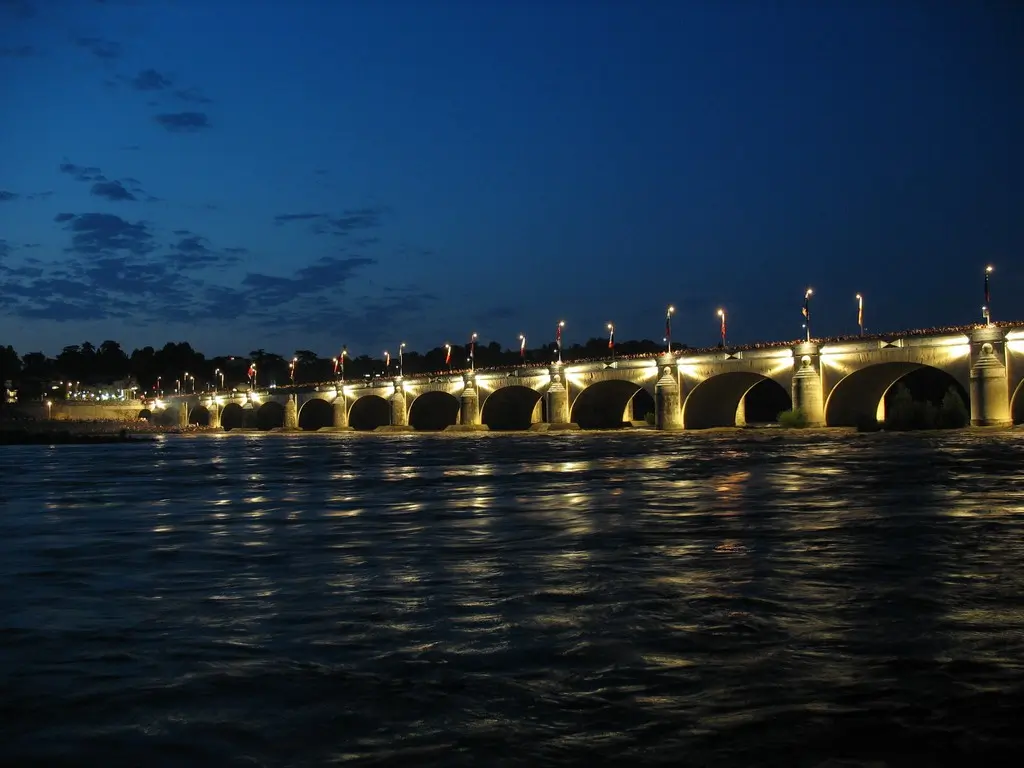
Prieure Saint Cosme
The abbey is located outside the city center. The easiest way to get there is by bike – go along the river bank downstream.
What’s interesting about the abbey?
Firstly, these are the ruins of an ancient abbey of the 10-11th centuries. One of the main prior was the famous in the 16th century poet Pierre Ronsard, and here he received dignitaries, including Catherine de Medici. His study and living room have survived.
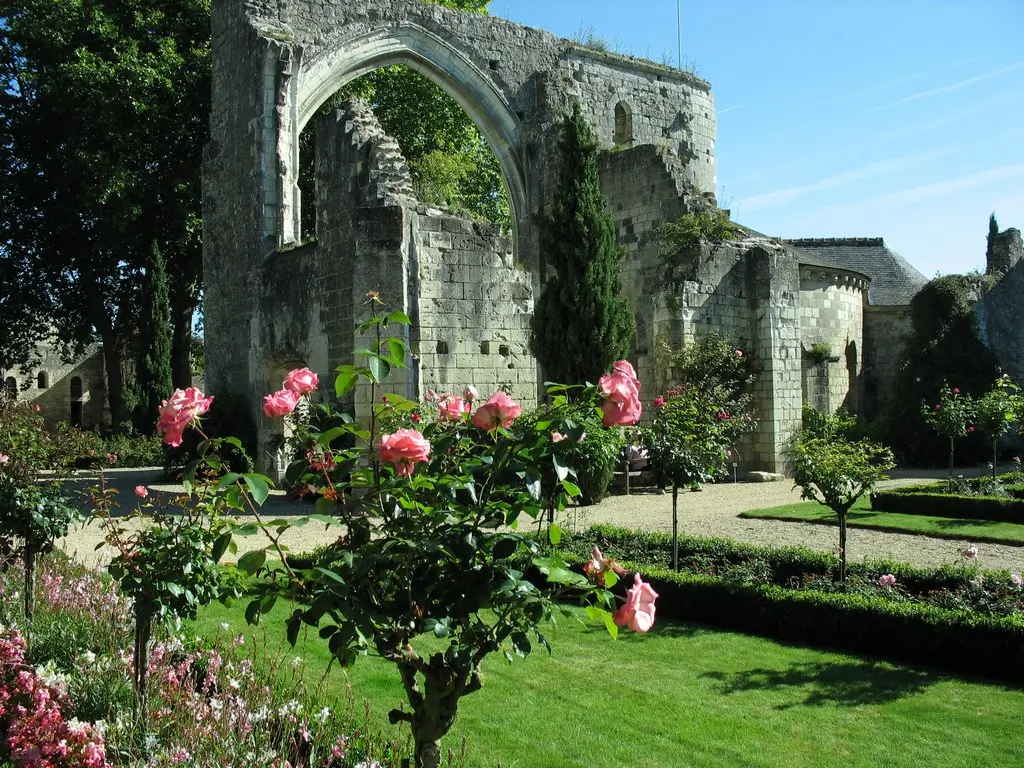
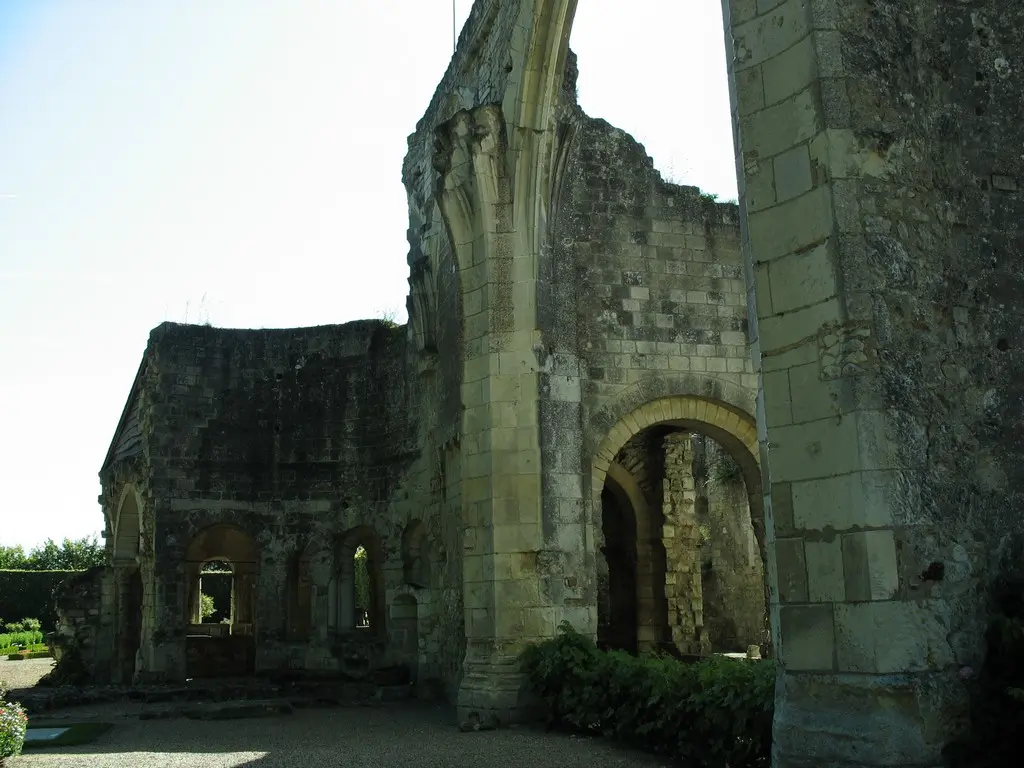
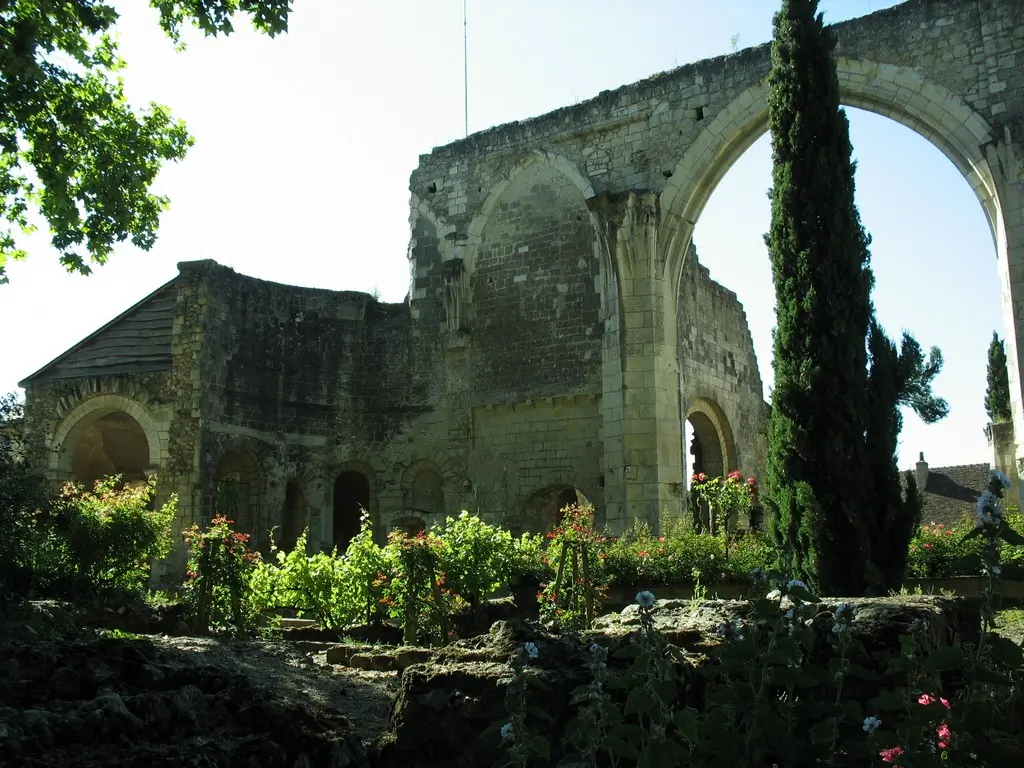
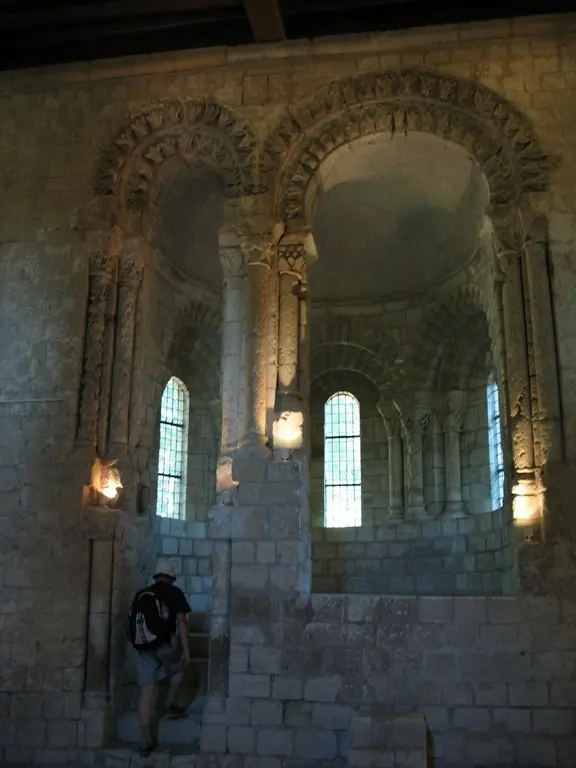
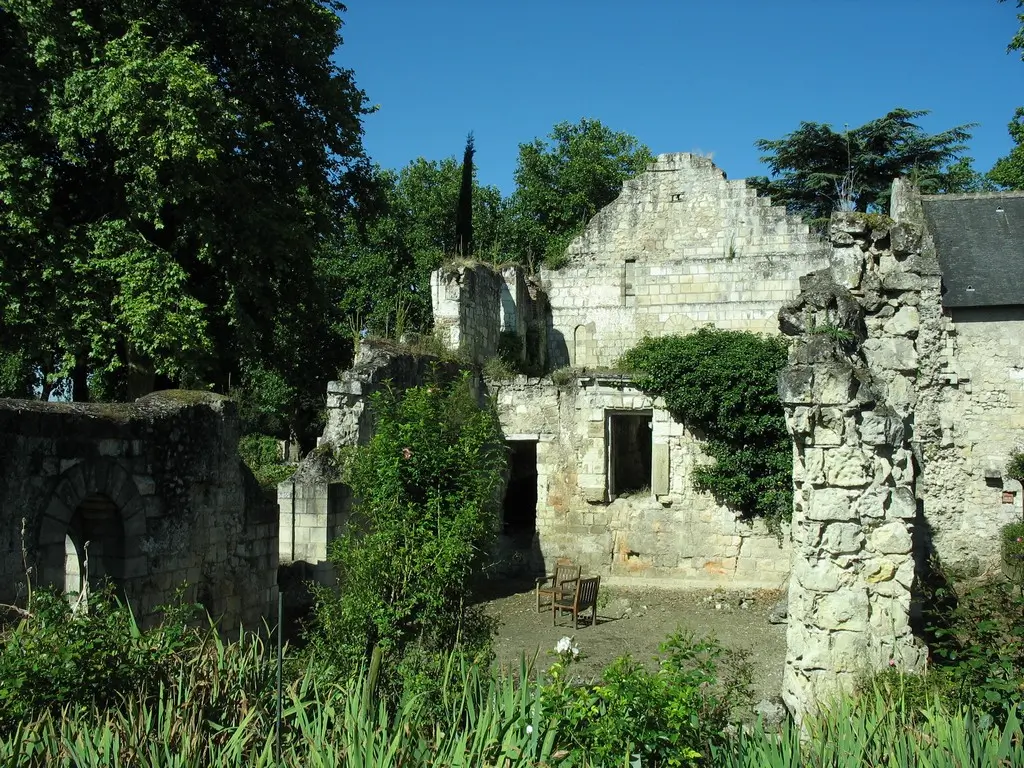
But now the abbey is better known for its roses – even its original sorts of roses were bred here.
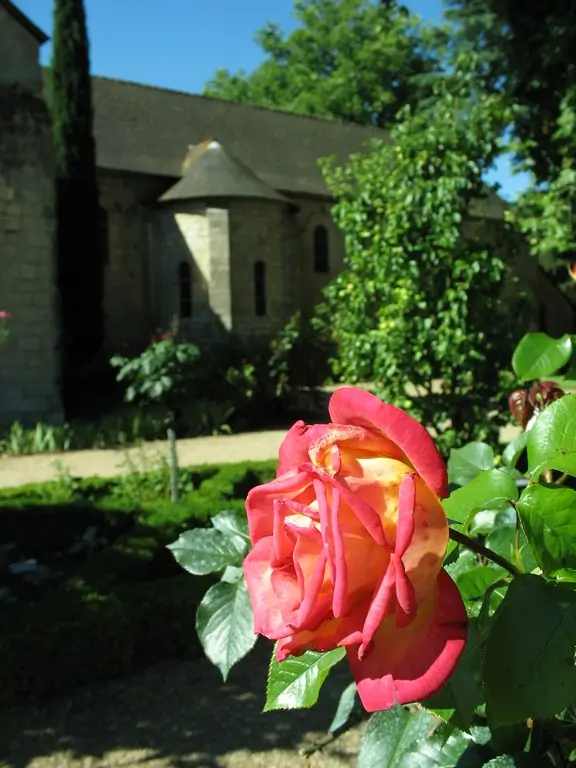
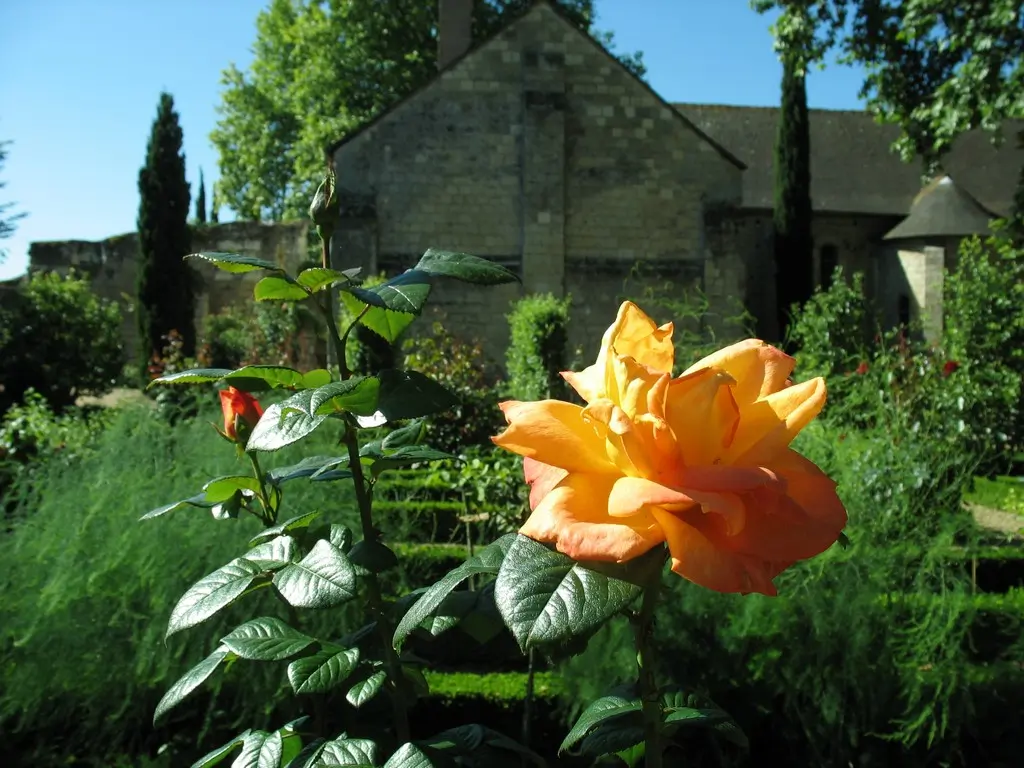
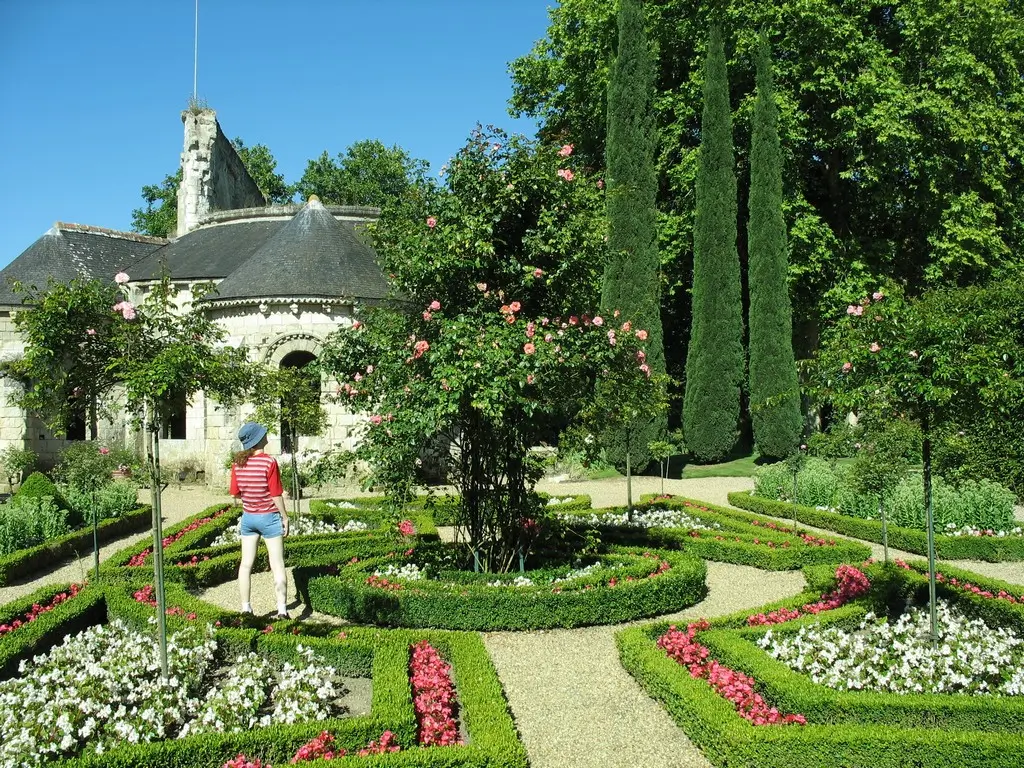
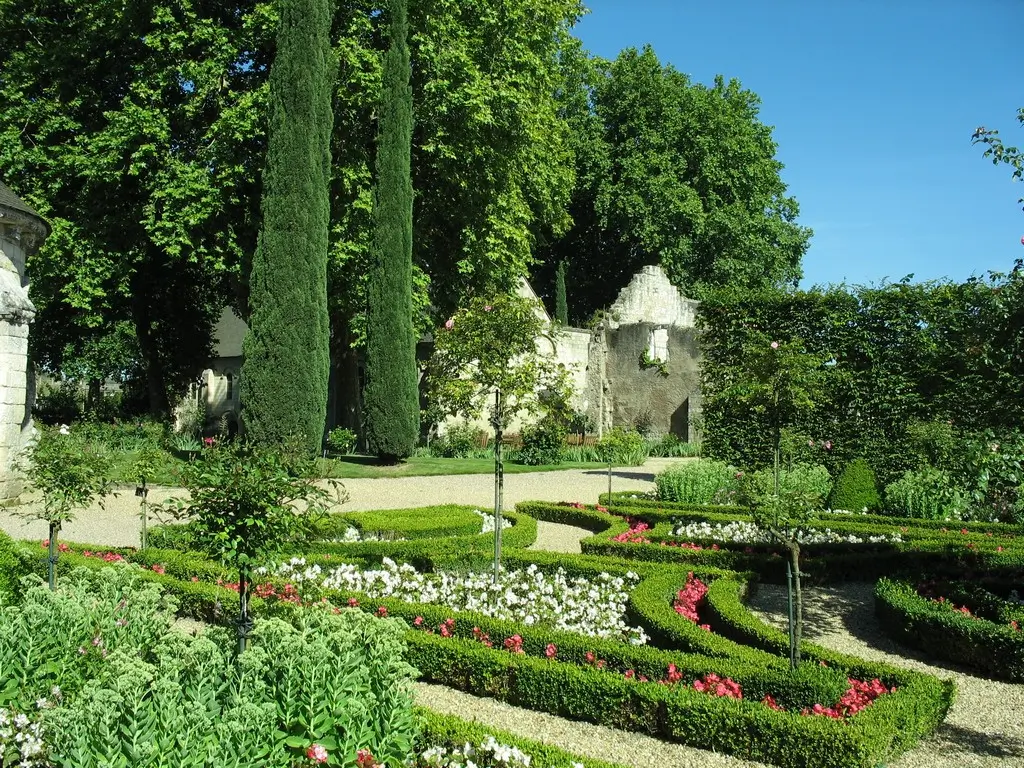
Attractions of the Loire Valley – #Loire.
Loire cycle route. Tours – Villandry
Loire castles. Chenonceau
Loire castles. Chambord
Loire Valley Castles. Blois castle
Amboise Castle, Clos Lucé and what else to see
Loches and Chedigny village
Loire Castles. Blois region attractions map
Around Chenonceau: attractions map from Amboise to Loches
Around Chinon: Loire Valley map from Tours to Angers
By car, bike and public transport in the Loire Valley
Brittany. 1. Ille et Villaine. Saint Malo
Do you enjoy the site without cookies? This means that I work for you at my own expense.
Perhaps you would like to support my work here.
Or change your cookie settings here. I don’t use personalized ads

